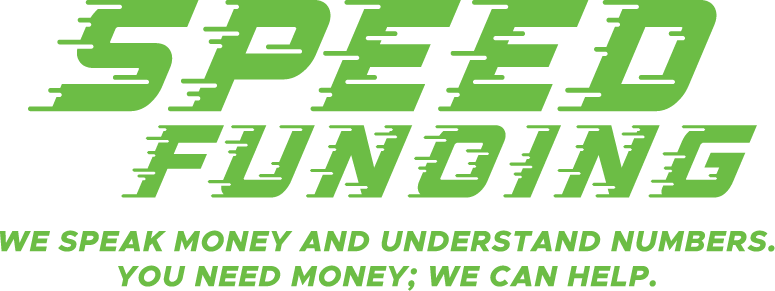As a passionate, conscientious business owner, you know the importance of a strong online presence. Your ideal customer must be able to find you easily and interact with you. As you consider your web design, you’re probably looking at several factors; the demographics of your audience, your unique branding, and the role of your website in the customer experience. Leading-edge trends are appropriate for some business websites. Read on for several.
1. Innovative Navigation
Yes, having navigation fully visible at the top of your site is the standard practice. But, depending on your audience, hiding the navigation (necessitating a scroll down) or putting it in an unexpected location (like a popup) leads to different customer behaviors than usual. The first example leads the visitor to consume information about your business first, and the second functions as a multi-choice call to action (CTA).
2. Scrollytelling
Speaking of scrolling, many innovative websites employ “scroll telling,” which opens up rich vistas of content that animate in compelling ways as the user scrolls down. For businesses that have an artistic element, this is a strategy that will fascinate and draw customers in.
3. Minimalism
Thinking about using a simple landing page with contact information and one CTA? You’re in good company. Brands that leverage mystique or do most of their business away from their websites use this approach to their advantage. If you decide to go in this direction, your brand needs to be instantly recognizable and irresistible.
4. Grid Layouts
There’s something about grid layouts that bring nostalgia for old-fashioned stores and other brick-and-mortar businesses. The regularity and symmetry of grids also are relaxing and reassuring. Most online storefronts use this layout, but it’s also effective to employ it on home pages and selected interior pages. Experiment to see what works best for your business.
5. Text-Based Designs
Want great SEO (search engine optimization)? Use text as the centerpiece of your web design. The layout, fonts, and content will be the focus, rather than the imagery. Search engines tend to prefer websites with high-quality text content. You don’t have to skimp on design. Select your fonts carefully, and format the design so that users can find what they need easily. Break up your paragraphs to prevent the dreaded “wall of text.”
Your web design possibilities open up when you consider out-of-the-box ideas. Keep these suggestions in mind as you plan your online strategy.

